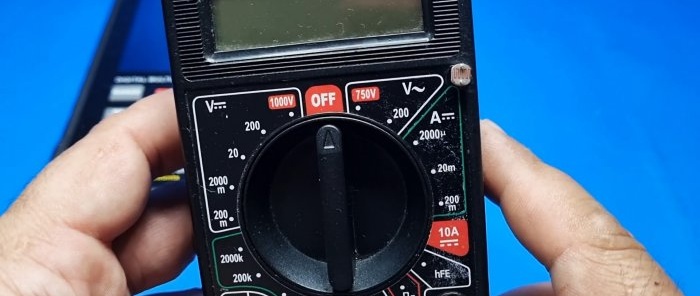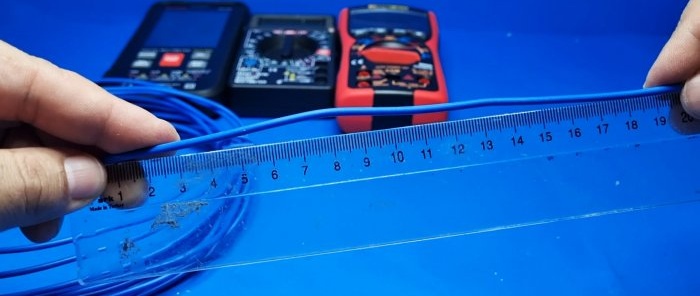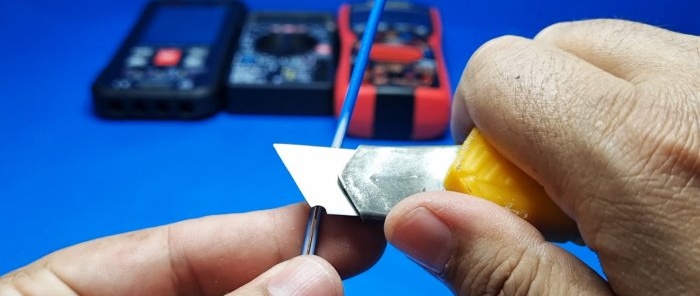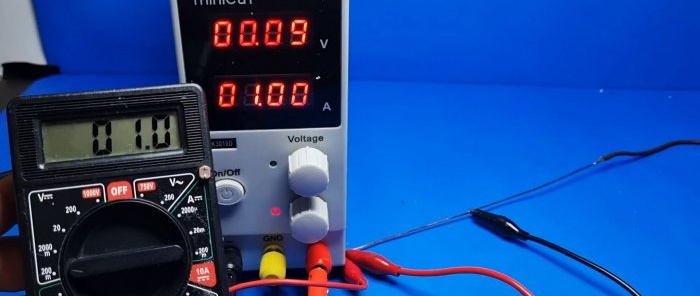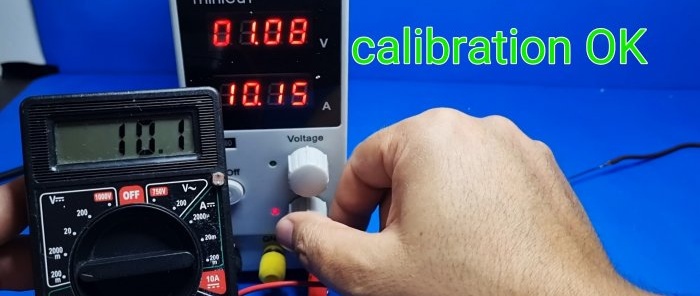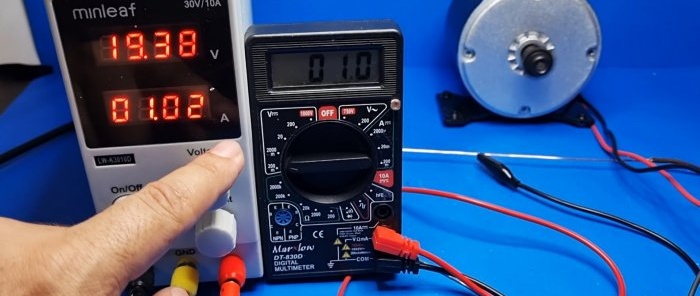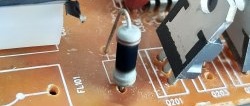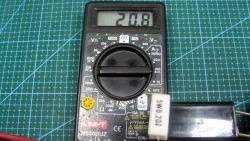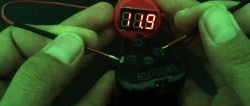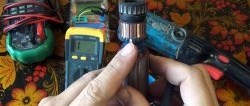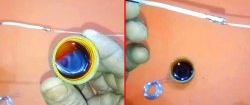Ordinary multimeter, available to almost any radio amateur, is capable of measuring current only up to 10 Amperes. But what if you need to measure a larger current, several times and even tens of times greater than this value? Everything is very simple and now you will see it. Using this life hack, you can measure almost any current using a regular Chinese tester.
You will need the following:
The article will discuss how to measure current up to 100 A, hence the composition of the components.
- Single-core wire with a cross-section of 1.5 sq. mm.
- Laboratory block.
- Wires with alligator clips.
- Load in the form of incandescent lamps and an electric motor.
Multimeters on AliExpress at a discount - http://alii.pub/62t1zq
How to measure any current with a regular multimeter
The essence of the method is that we ourselves will make an ammeter from a shunt and a microvoltmeter, which will act as multimeter.
We measure out a piece of single-core copper wire. A piece of 20 cm will be enough.
Using a utility knife, remove the insulation from it.
We take the wires with clamps and connect them to the multimeter. This is not necessary, just for the convenience of moving the contact along the bus.
The elementary diagram will look like this:
The shunt is connected to the load break. Multimeter is set to millivolt measurement mode - “200 mV”.
Next we perform calibration. We set the current on the laboratory source to 1 A.
And by moving the clamp along the shunt we achieve equal readings on the source and the multimeter.
To retest, set the unit to 10 A and check the readings on the tester.
Everything works fine. To check, let's test our 100 A ammeter on a load.
The readings are the same. Finally, we’ll put a “short” one on the old battery.
As a result, the short-circuit current was approximately 80 A.
Watch the video
How to make a display backlight for Chinese multimeter - https://enn.washerhouse.com/7285-kak-sdelat-podsvetku-displeja-dlja-kitajskogo-multimetra.html
